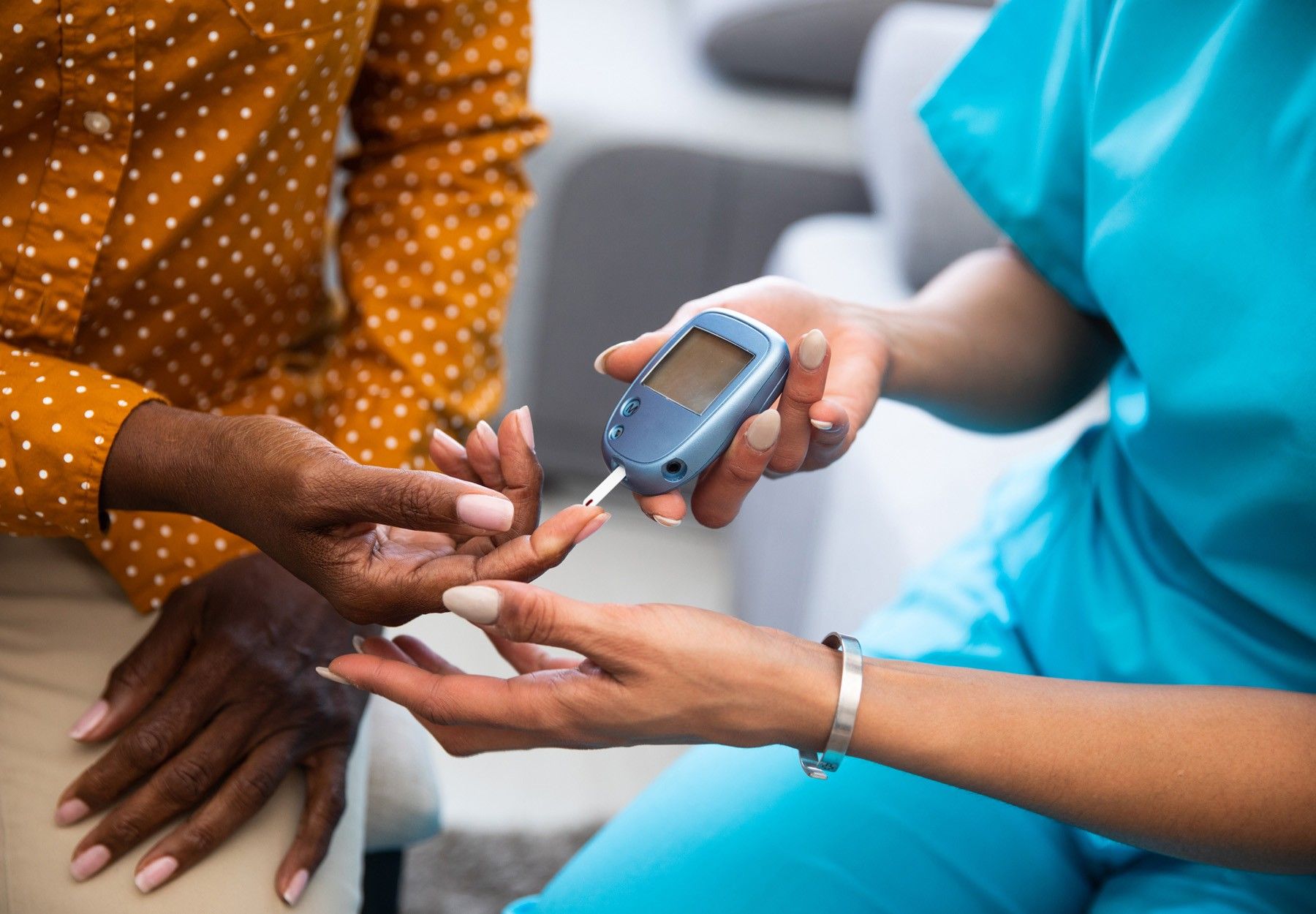A new study by Beth Israel Deaconess Medical Center researchers and their colleagues shows that screening certain racial groups at lower body mass index (BMI) thresholds may help identify diabetes in these groups sooner.
The study, published in the Annals of Internal Medicine on May 10, aimed to find the BMI threshold for diabetes screening in Asian, Black, and Hispanic Americans that offers “benefits and harms equivalent to those of the current diabetes screening threshold in White adults,” according to the study abstract.
According to the study authors, these three racial minority groups in the US have increased rates of diabetes compared with White racial groups. Currently, diabetes screening is recommended for adults with a BMI of 25 kg/m2 or greater, who are 35 to 70 years old, the study authors state. The cross-sectional study used data from 19,335 non-pregnant American adults aged 18 to 70 years who participated in the National Health and Nutrition Examination Survey (NHANES) from 2011 to 2018.
They found that, among 35-year-old adults with a BMI of 25 kg/m2, diabetes was much more common in Asian (3.8%), Black (3.5%), and Hispanic Americans (3.0%), than in White Americans (1.4%). They found that the equivalent BMI thresholds, defined by the authors as being when diabetes prevalence in 35-year-old people in non-White groups is equal to diabetes prevalence of White 35-year-old adults at a BMI of 25 kg/m2, was lower for these groups:
- 20 kg/m2 for Asian Americans
- Less than 18.5 kg/m2 for Black Americans
- 5 kg/m2 for Hispanic Americans
The authors concluded that, based on their results, diabetes screening should be offered to Hispanic, Black, and Asian Americans at the above BMI thresholds, rather than the 25 kg/m2 recommended by the U.S. Preventive Services Task Force 2021 guidelines, in order to provide equivalent benefits. “Using screening thresholds specific to race/ethnicity has the potential to reduce disparities in diabetes diagnosis,” they write in their study abstract.
